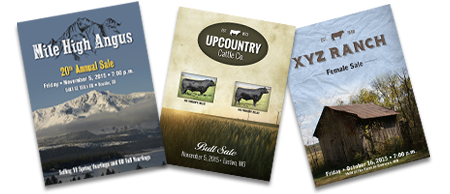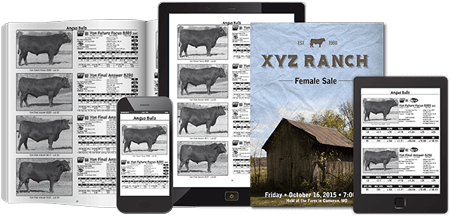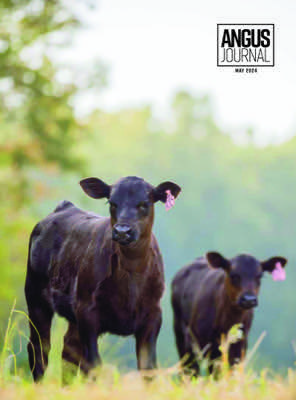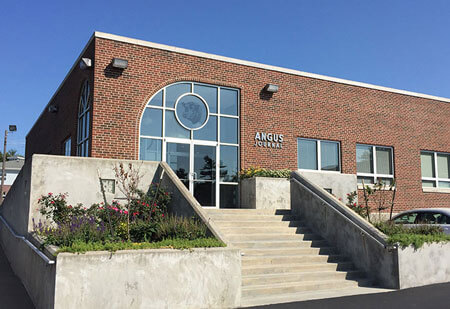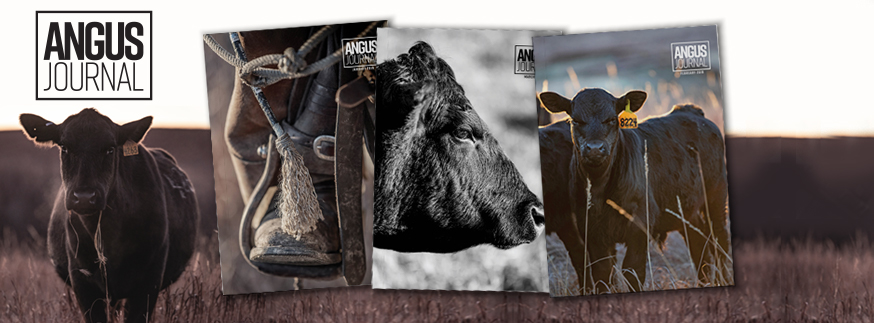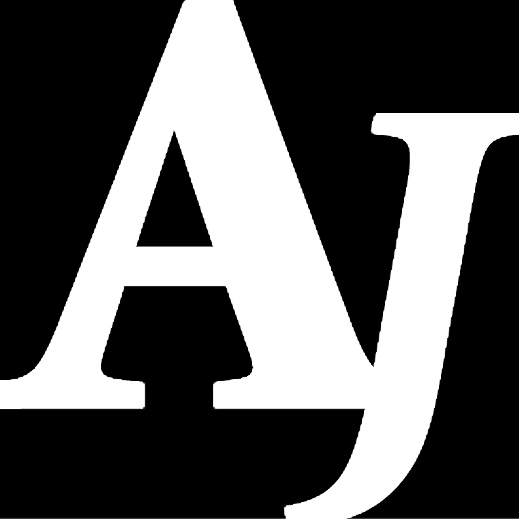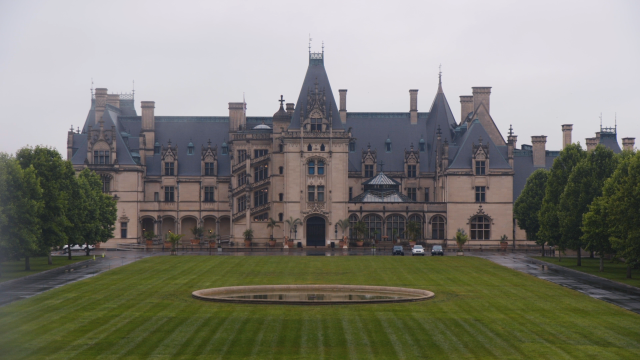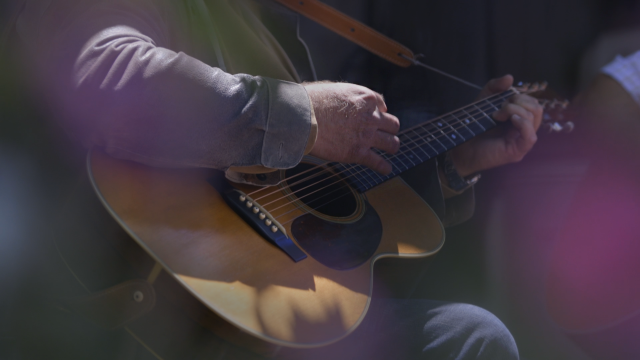In 1878 when the Subiaco Abbey was founded, German immigrants were building railroads west across the country. The railroad agent for the Little Rock-Fort Smith Railroad Co. recognized the need for a church and school to recruit enough German workers to the Arkansas River Valley. The railroad company partnered with the St. Meinrad Abbey in Indiana to found a church and a school. Since the first three monks arrived almost 140 years ago, it has been consistently growing and evolving.
The Abbey is an international boarding school for boys in grades 7-12 and educates about 200 young men each year. Most of the monks, including Father Patrick, teach at the Academy as part of their work assignments.
It's always made sense for the monastery to have a strong presence in agriculture. After all, it is nestled in a rural part of Arkansas where agriculture is the main focus for the community.
Originally, monks managed the entire Abbey and all of its operations from the farm, water plant and quarry. Their idea was that, as they worked the land, the monks would become more prayerful because they were dependent on God's love for their own welfare.
"When the monks first came here out of mere practicality in the late 19th century, the Abbey had a farm for sustenance," Father Patrick says. "As time grew on and the Academy was built and more and more people came here, they became more dependent on financial donations. But the farm has remained a big part of the Abbey's operation."
Originally, what was a row-crop farm transformed into a dairy to provide milk, butter and cheese to the monks and the students at the Academy. Later, in the mid1960s the dairy cattle were dispersed and a commercial beef herd was introduced. At the end of the 1990s, the Abbey adopted a registered Angus seedstock operation with the help of friends in the area who also raised Angus cattle.
"As far as the Abbey goes, it's a relatively new Angus cattle operation, but it's been very successful and it gets an incredible amount of support from our alumni," he says. "They're supporting us, and they want to help us be successful."
Until about 20 years ago, monks managed the entire farming operation. As fewer monks entered the monastery with agricultural backgrounds, the Abbey has hired managers for the cattle operation. When they first made the transition to bring in Angus cattle, it was the first time they hired an outside manager to look after the herd.
Butch Geels was the first outside manager in charge of overseeing the Angus herd. He had a background in the dairy business and was known in the area for utilizing artificial insemination (AI).
"Father Abbot Jerome called me and asked if they decided to get rid of all their commercial cattle and start in the Angus business, if I would take the job of managing the farm and taking care of the cattle," Geels says. "I thought about it a couple of weeks and decided I would try it."
Geels started working at the Abbey in 1999 and worked for 10 years until he was 70 years old. As his age began to catch up with him, Geels said he could tell it was harder keeping up with all the tasks on the farm, so the Abbey hired their current herd manager. Still, it's a common sight to find him in the pasture or in the barn tending to the cattle.
Several of the monks play an active role on the farm, like Father Patrick. Another monk oversees the data and recordkeeping for the Angus herd.
Brother Joseph Koehler has been a monk for more than 50 years. He's in his 70s now, but has served in various positions at the Abbey. He's easy to spot at the Abbey –– just look for the man driving the green Gator in his overalls with a small, beagle-looking dog riding on a box behind him. For the last 14 years, Brother Joseph has been in charge of registering and maintaining the books for the Abbey's Angus herd.
"I haven't always worked in the cattle business," said Brother Joseph. "I'm a retired teacher, coach, counselor, and I'm not a computer wiz. I like the outdoors so I was assigned down here to help them with the cattle and just mainly take care of the data, so I had to learn the program on how to do that."
